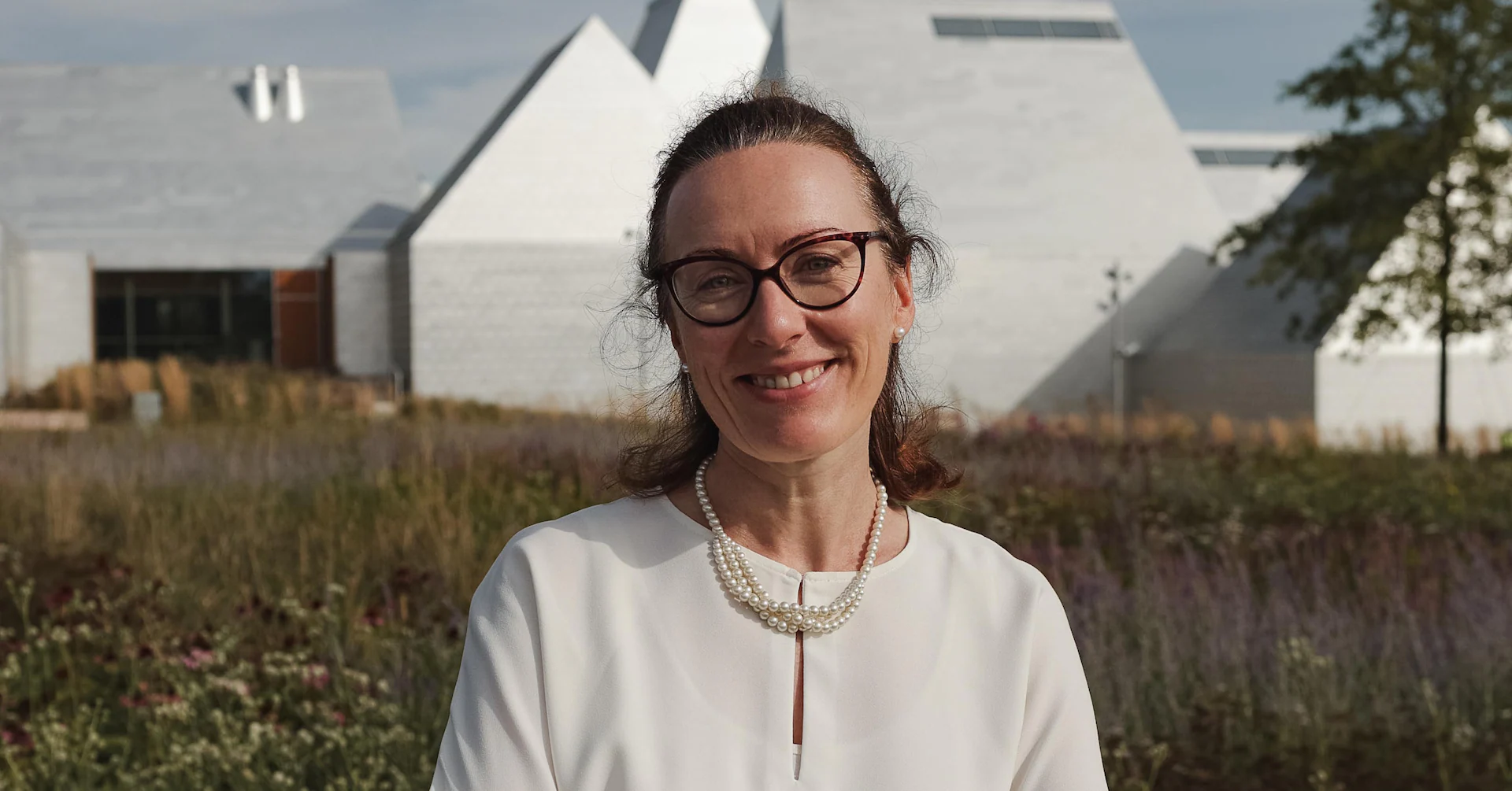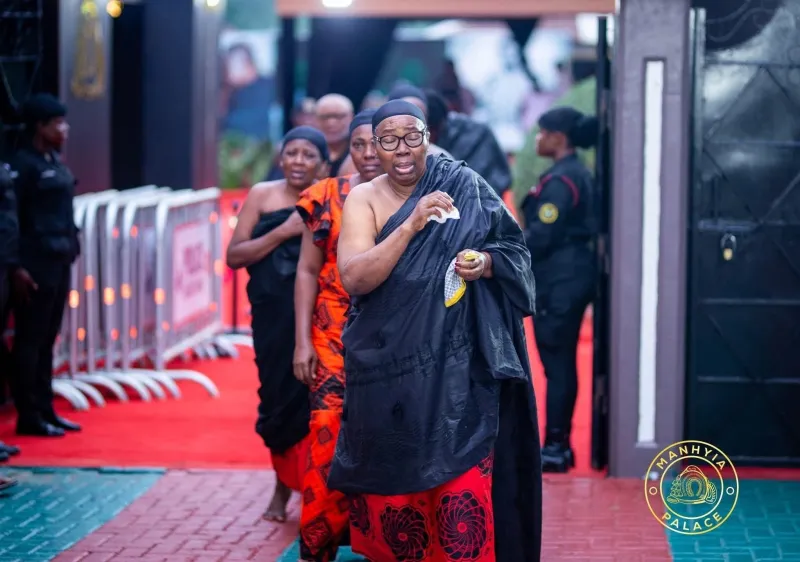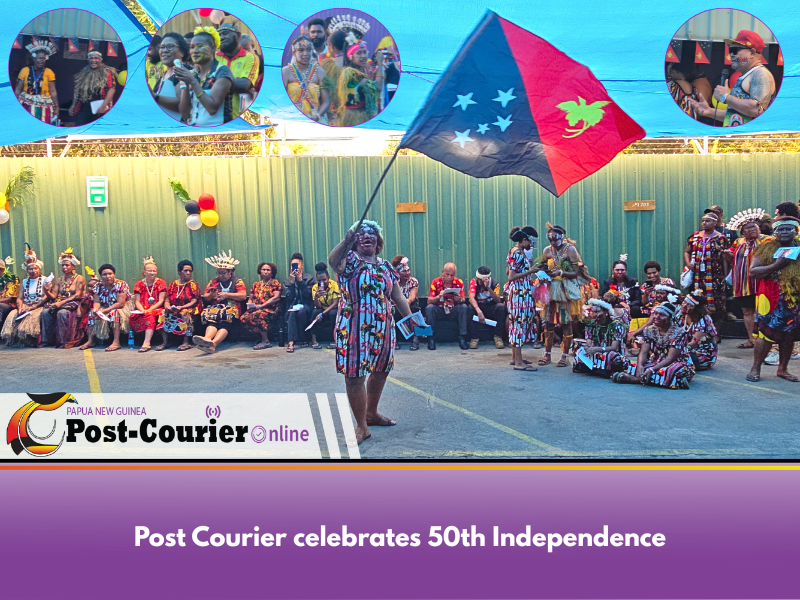
During the span of two days in late August 1941, nearly the entire Jewish community of Šeduva, Lithuania, was murdered. In mass executions carried out by local collaborators under Nazi orders, 664 residents of the small town — known in Yiddish as a “shtetl” — were taken by truck to nearby forests and shot.
The Lost Shtetl Museum, which opens on September 20 ahead of Lithuania’s Holocaust Memorial Day on September 23, tells the story of Lithuanian Jews through the lens of daily life in Šeduva, a village about two hours from Vilnius.
Speaking with Reuters from Šeduva, Jolanta Mickutė, head of education at the Lost Shtetl Museum, discusses how the museum reconstructs a vanished world, local complicity in the Jewish community’s execution and how the past can help illuminate the present.
This conversation has been edited and condensed for clarity.
What is the history of shtetl life in Lithuania?
Shtetls started appearing in the Polish-Lithuanian Commonwealth during the 16th Century. The Grand Duchy of Lithuania wanted to attract craftsmen, financiers, as well as people who could read and write to develop the mostly-agricultural countries they ruled.
The Grand Dukes and kings invited Jews throughout Europe and across the Ottoman Empire to come live and work with special privileges. The state even protected their right to practice religion and offered them physical protection.
What is the mission of the Lost Shtetl Museum?
There were thousands of shtetls all across Eastern Europe, and they survived various rulers, including the Austro-Hungarian and Russian empires. Our museum focuses on everyday life in the Šeduva shtetl of independent Lithuania during the interwar period after Tsarist Russia collapsed. At the time, there were about 200 shtetls across the country.
Šeduva (pronounced Shed-u-va) is remote and bucolic, so you really get the feeling of small-town life. We highlight the dreams and realities of ordinary people who lived here between 1918 and 1940. At that time, the town had around 3,000 inhabitants.
Tell us about the Jewish community in Šeduva during the interwar period.
Jews lived in Šeduva for about 300 years, which had all the elements of a lively Jewish community. They had their own synagogue made of wood as well as another shul — which is Yiddish for synagogue – that was made of brick. There was a mikveh, which is a ritual bath. They had their own Jewish primary school. There’s a cheder, a religious Jewish school for boys. There are philanthropic organizations helping those in need.
There are Jewish pharmacists, doctors, shoemakers, seamstresses and tailors. There was Yona Yanet, a vegetarian known as the “most honest man in town,” and Nochum Berman, its resident intellectual.
It’s important to note that the world was opening up and rapidly changing, especially for younger people, during this time.
A big chunk of the population, the young people especially, joined political movements to meet other people — especially girls — unsupervised. Zionist organizations focused on emigration to what was then [British] Mandate Palestine. The Bund looked for ways to solve the social ills of their society, with quite a bit of nationalism thrown into the mix. There were some Communist groups.
Between 90 to 95% of Lithuania’s Jewish population was murdered during the three-year German occupation, making Lithuania one of the most thoroughly devastated Jewish communities in Europe. How did it happen?
The Second World War changed everything. In Lithuania, Latvia and Estonia, the Soviet regime came in first and ripped these countries apart. And then after a year of Soviet rule, the Nazis came into Lithuania, bringing ultra-nationalist ideas, humiliation and persecution.
In late June-July 1941, all Lithuanian Jews were ordered to wear armbands marked with a yellow Star of David. They could not participate in public life and placed under increasingly oppressive restrictions. By July, Nazi officials issued orders for all Jewish communities in Lithuania to be forcibly confined to ghettos and camps.
Unlike other parts of Europe, where people were sent to concentration camps far away from their homes, Jews in Lithuania were killed near the places they were born. They lived and died, quite literally, from cradle to grave.
How does the museum tell the story of the shtetl life?
From the outside, the museum resembles the roofs of shtetl villages. It was designed by the Finnish architect Rainer Mahlamäki, known for his work on the POLIN Museum in Warsaw.
Inside, the museum has 10 galleries devoted to 10 very different topics, including a brief history of Lithuanian Jews; the market square, which was the heart of the town; and then we move into the occupation. The very final galleries are devoted to remembrance. We’re commemorating the Jews that are gone, hence the “Lost Shtetl.”
To tell the story, we are using whatever shreds of evidence we can find: photos, town maps, written records and video testimonies because nobody survived from the killings on those two days.
We have the accounts from the killers once they were tried in the post-war period. We managed to find two eyewitnesses who were local Lithuanians — kids in their early teens who were a bit reckless and curious to see what was going on in the forest. Another Jewish woman and her son also survived the war because Lithuanian farmers hid them during the entire interwar period. We spent many years collecting all of these stories from people who left Lithuania before the war and the descendants of Šeduva Jews.
It’s more than a museum, though. It’s also a place of memory. It’s a place of preservation.
There is also a restored Jewish cemetery where residents who died before the war are buried. And, finally, there are three memorial sites in the Liaudiškiai and Pakuteniai forests where the killings happened.
The location of the museum is remote. How will you get people there?
It’s true that we are about two hours away from the capital, but being a small museum in a small town gives you a more authentic feeling of what shtetl life was actually like.
Holocaust education is mandatory in Lithuania. We are already getting requests from local schools for visits. I expect Lithuanian schools and universities will bring their students here to learn about Jewish history and culture. We want to help educators teach this very complex topic. Entrance to the museum is free to make it accessible for everyone.
What has the reaction to the museum been like so far?
The Holocaust is a dark, complicated topic for Lithuania. It was swept under the carpet during the post-war Soviet era, and there was no room to talk about it. Part of the story we’re telling is the participation of local residents in the killings.
It’s very noteworthy that we have young locals who decided to work here. Some of them had careers in other countries, but they came back to Lithuania. They are fascinated by Jewish history. And I think they are a great addition to the team that has been developing the museum for more than a decade.
We want to tell the facts as to how it really happened and talk about a culture that’s gone — a world that is gone. We have ignored the Holocaust for so many years. It is high time to start talking about it 35 years after Lithuania’s independence.
It’s 2025, and people are still fighting around the globe for religious, cultural and social reasons. Why haven’t we learned our lesson yet?
The past can offer some lessons for the future.
The entire world seems to have gone in the direction of the radical right. Come to this museum and to see what extremism does to people living together from very different ethnic and religious backgrounds.
We are not offering any sort of resolution to complicated issues. It’s just a place to learn and then reflect on what you’ve seen. That’s already a step forward because not much can come out of ignorance. Come here and learn the facts, however painful and uncomfortable they might be.
Sign up here.
Reporting by Lauren Young; Editing by Yasmeen Serhan, Amy Stevens and Aurora Ellis; Photo editing by Simon Newman



